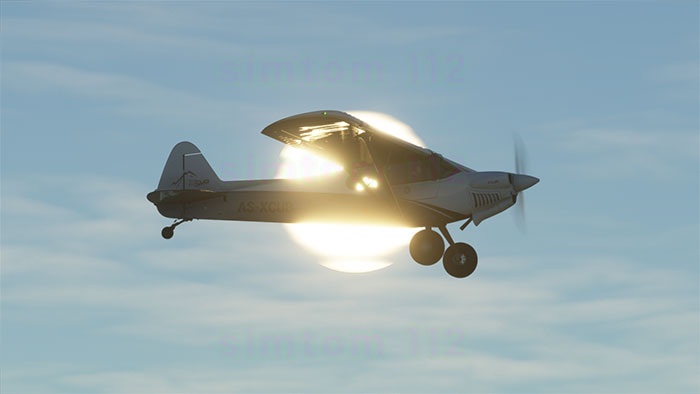The new Microsoft Flight Simulator was a bit of a surprise announcement back at E3 last June. Interest in the game seems to have gained momentum thanks to a well maintained development diary vlog, the impressive scope of the title, and an enthusiastic base of willing alpha testers.

HEXUS last touched base with this sim game back in February when news of the title's impressive real-world coverage, accuracy of planes and environments, and flight mechanics were shared. Now, with all those detailed realistic overheads one might have expected some heafty PC hardware demands to run the title but entry level gaming PCs look set to be OK with at least the minimum specs. The 'ideal specs' are quite high though.
|
Microsoft Flight Simulator minimum specs |
Microsoft Flight Simulator recommended specs |
Microsoft Flight Simulator ideal specs |
|
CPU: Ryzen 3 1200 / Intel i5-4460 GPU: Radeon RX 570 / NVIDIA GTX 770 VRAM: 2GB RAM: 8GB HDD: 150GB Bandwidth: 5Mbps OS: Windows 10 1909 |
CPU: Ryzen 5 1500X / Intel i5-8400 GPU: Radeon RX 590 / Nvidia GTX 970 VRAM: 4GB RAM: 16GB HDD: 150GB Bandwidth: 20Mbps OS: Windows 10 1909 |
CPU: Ryzen 7 Pro 2700X / Intel i7-9800X GPU: Radeon VII / Nvidia RTX 2080 VRAM: 8GB RAM: 32GB HDD: 150GB (SSD recommended) Bandwidth: 50Mbps OS: Windows 10 1909 |
Above you can see the minimum specs are quite light, being able to deploy a Haswell era Core i5, 8GB of RAM, and RX 570 / GTX 770 to enjoy the game shouldn't close the door on too many desktop users but those GPUs are still quite powerful compared to many laptop discrete GPUs outside of the gaming tier nowadays.

Microsoft's cited ideal specs are another matter. That is quite a lot of horsepower being recommended and Microsoft doesn't provide any reason why. It would have been helpful if we were told the ideal specs targeted 4K or triple monitor setups, for example.






